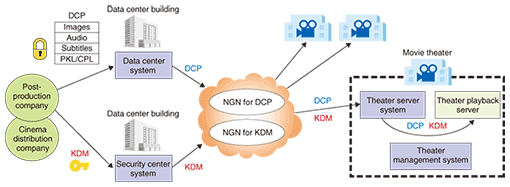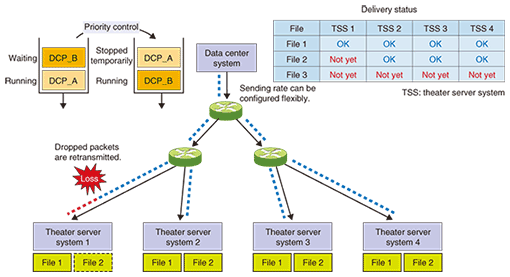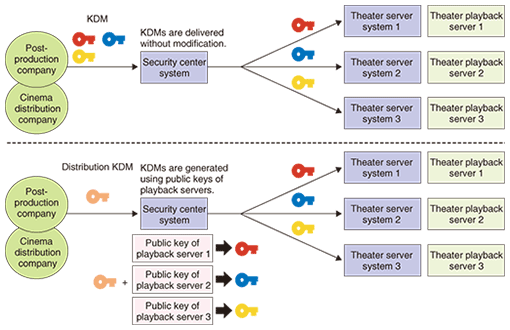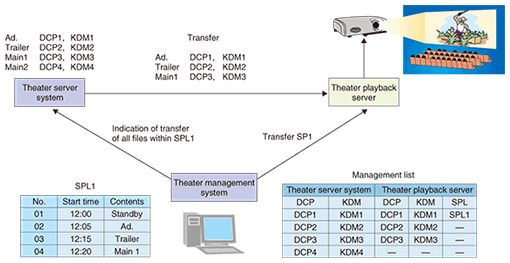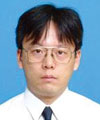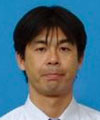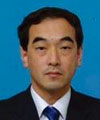 |
|||||||||
|
|
|||||||||
|
Letters Vol. 8, No. 5, pp. 36–40, May 2010. https://doi.org/10.53829/ntr201005le1 Development of Digital Cinema Delivery System on the NGNAbstractThis article describes a system for delivering digital cinema contents quickly, reliably, and securely to many movie theaters. It will support the trend for movie theaters to switch from an analog format to a digital one and the spread of the digital cinema concept.
1. IntroductionThere are approximately 3000 cinema complexes in Japan. The number of screens for displaying digital content in these complexes has been steadily increasing since 2006, and it is estimated that all screens will be digital by 2018. DCI (Digital Cinema Initiatives, LLC) issued the digital cinema specification version 1.0 in 2005 [1]. To verify its feasibility, a digital cinema field trial called “4K Pure Cinema” was conducted from 2005 to 2007 [2], [3]. Several items of digital cinema content were transferred from Hollywood and distributed to movie theaters in Japan over high-speed networks. The digital cinema package (DCP) and key delivery message (KDM) were utilized for image/audio/subtitle files and encryption key distribution, respectively. The trial taught us that a network-based digital cinema delivery system will be a critical component for supporting digital cinema. Therefore, we have developed a new digital cinema delivery system. It can: (1) manage cinema style license information and deliver digital cinema contents in a timely manner in compliance with the show schedule, (2) reliably handle large-volume content data (200–300 GB per movie), and (3) store and deliver digital cinema contents securely. Of course, the system conforms to the DCI digital cinema specification. The system consists of four components, as shown in Fig. 1.
(1) Data center system (2) Security center system (3) Theater server system (4) Theater management system The first two systems manage the distribution of DCPs and KDMs, respectively. The delivered DCPs and KDMs are stored in a theater server system. A theater management system loads them onto theater playback servers as needed. The center systems are located in a highly secure data center building. The theater systems are located in individual movie theaters. The center systems and theater server systems are connected by the Next Generation Network (NGN), which enables digital cinema contents to be delivered more quickly, reliably, and safely than with the physical transfer of hard disk drives. For greater security, DCP distribution and KDM distribution are completely separated. The following sections detail each system function. 2. Digital cinema delivery system2.1 Data center systemThe main roles of the data center system are to receive DCPs from post-production companies and deliver them to theater server systems according to the license information issued by the cinema distribution companies. The license information contains the content title, content type, theater list, and show schedules and is registered in the data center system’s database. A DCP consists of several material exchange format (MXF) content files and extensible markup language (XML) metadata files. Image, audio, and subtitle files use MXF. The packing list (PKL) and composition playlist (CPL) are metadata files. The PKL contains the list of content files and their hash values. The data center system can verify the completeness and correctness of the delivered content files from the PKL. The CPL specifies the playback order and timing of the content files. The data center system manages the linkage between the license information and the CPL. To achieve efficient DCP distribution, a reliable IPv6 (Internet protocol version 6) multicast method optimized for the NGN is used (Fig. 2). The sending rate can be configured flexibly according to the network environment. When packet losses occur, dropped packets are retransmitted. Thus, our delivery system can be implemented not only on guaranteed-quality networks but also on best-effort ones.
While a DCP is being delivered, the delivery status of each content file is displayed. This lets the operator confirm which files have already been delivered. Since the throughput to each movie theater is also displayed, the operator can determine the location of a bottleneck. In our system, if the delivery of one DCP (DCP_A) is in progress but there is a sudden need to deliver another DCP (DCP_B), the delivery of DCP_A can be stopped temporarily and the delivery of DCP_B commenced. When the delivery of DCP_B is completed, the delivery of DCP_A can be restarted seamlessly from the same point. This feature is called priority control. The operator can confirm that the DCP was transferred to the theater server system successfully from the notification issued by the theater server system. 2.2 Security center systemThe main roles of the security center system are to manage KDMs sent by post-production companies and deliver them to theater server systems. A KDM is a digitally signed XML file that contains a composition play list ID, recipient information, encrypted content keys, and a license time window. Since the content key is encrypted by the public key of the theater playback server, it can be decrypted only by the designated theater playback server. This means that a KDM is generated for each theater playback server. KDMs are generally delivered without modification by the security center system, but there is a special KDM called a distribution KDM (D-KDM). The content key within the D-KDM is encrypted by the public key of the security center system. The encrypted content key is decrypted at the security center system, and the key is then encrypted by the public key of the theater playback server stored at the security center system. KDMs are then generated using the newly encrypted content keys (Fig. 3).
DCPs are delivered using the reliable IPv6 multicast method, while KDMs are delivered via unicast service because a KDM is generated for each theater playback server. Although it might seem that unicast delivery will take a long time, since a KDM is a small file, it takes only a few minutes to deliver all KDMs even if the number of digital screens is very high. After delivering a KDM, the security center system receives a notification allowing the operator to confirm that the KDM was transferred successfully. Our security center system has another important role. It collects digitally signed audit logs from the theater playback servers through the theater server systems. It then analyzes the playback records from the logs and generates playback reports. The reports tell the operator whether the movies were screened in accordance with the license agreement. This function is important in the digital cinema system because KDMs cannot be revoked once they have been loaded onto the theater playback servers. 2.3 Theater server systemThe main roles of the theater server system are to receive DCPs and KDMs from the data and security center systems, respectively, and report their receipt to those center systems. The theater server system shows the statuses of arriving DCPs and KDMs through a graphical user interface. While a DCP is being received, the status of each file within the DCP is displayed. Thus, the theater manager can check which files have already been received. In addition, the estimated transmission completion time for the DCP is displayed. This is useful because DCP delivery takes a long time if the sending rate is low. After receiving the DCP and KDM, the theater server system checks the linkage between the CPL and the corresponding KDM. If the DCP and KDM needed to screen the movie have been received and the date is within the license time window, the theater server system indicates that the movie is playable. The theater manager must notify the center systems of package receipt before loading the DCP and KDM onto the theater playback server. The receipt message sent to the center systems is utilized to verify that the delivery contract has been fulfilled. The theater server system stores the delivered DCP and KDM in its internal storage for the show schedule. When the license time window expires, the system automatically deletes the DCP and KDM from its storage; the theater manager has no control over this. If a decision is made to stop showing a movie before the scheduled date, the center systems order the theater server system to delete the corresponding DCP and KDM from its storage. 2.4 Theater management systemThe main roles of the theater management system are to load DCPs and KDMs from the theater server system onto the theater playback server and manage the DCPs and KDMs stored at the theater. Our theater management system can generate a show program based on the show playlist (SPL). The SPL combines several CPLs and automation cues into a single program stream and specifies the playback order and timing of the show. As shown in Fig. 4, multiple DCPs and KDMs related to a single SPL can be loaded onto the theater playback server in a single action. That is, our theater management system does not require each DCP and KDM to be loaded individually.
3. Future plansAnother remarkable service supported by the network distribution system is ODS (other digital stuff/online digital source). If the network is shared between digital cinema contents distribution and realtime ODS services, network costs can be slashed. We plan to enhance our digital cinema delivery system in order to support ODS more fully. References
|
|||||||||








